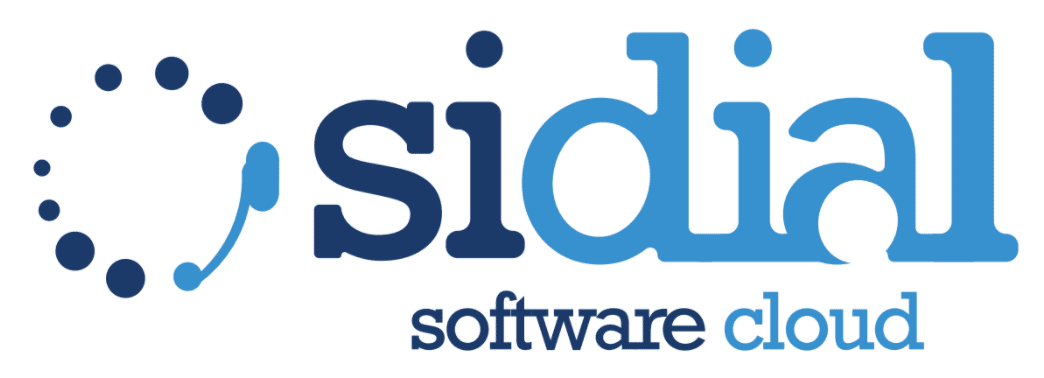In today’s modern contact center landscape, moving to the cloud is no longer just an option—it’s often a necessity. Many companies, both large and small, are now evaluating when to switch to a cloud call center, driven by the need for efficiency, flexibility, and cost reduction. But when is the right time to make the leap? And what does migrating to a cloud call center software truly involve?
In this article, we’ll explore the signs, benefits, and strategies to help you make a well-informed transition to the cloud.
What Is a Cloud Call Center?
A cloud call center is an internet-based solution for managing a company’s inbound and outbound communications—no complex on-site hardware required. Unlike traditional on-premise systems, all you need is a stable internet connection, a headset, and a browser.
Core features include:
- Centralized call management
- Integration with CRMs and ticketing tools
- Real-time performance analytics
- Multichannel support (voice, email, chat, SMS)
Cloud call center software providers offer scalable solutions that update automatically, reducing maintenance costs and improving operational continuity.
Signs It’s Time to Switch to the Cloud
Many businesses stick to outdated systems simply because they still “work.” However, there are clear signs that a change is overdue:
High Management Costs
If every system upgrade or expansion results in high costs or delays, it’s time to reconsider. Cloud systems update automatically, usually with fixed monthly fees and no surprises.
Distributed or Remote Teams
The pandemic accelerated the adoption of remote work. A cloud call center allows teams to operate from anywhere while maintaining centralized oversight.
Lack of or Complex Integrations
A closed system that doesn’t integrate with your CRM or other business tools can severely impact efficiency. Cloud platforms come with ready-to-use APIs and connectors, boosting process automation.
Poor Customer Experience
Long wait times, unnecessary transfers, and the inability to reach customers through different channels all point to an outdated setup. Cloud solutions support an omnichannel approach, enabling unified management from a single interface.
Advantages of Moving to a Cloud Call Center
Migrating to a cloud call center software provides numerous strategic, operational, and financial benefits.
Greater Flexibility
With the cloud, you can:
- Scale your agent team based on seasonal peaks
- Expand operations into new geographic markets
- Quickly add new channels (social media, WhatsApp, chatbots)
Cost Reduction
Costs become predictable and often correlate directly with platform usage. You eliminate expenses such as:
- Dedicated hardware
- Static annual licenses
- Manual updates and maintenance
Instant Scalability
Grow your operations without overhauling your infrastructure. Cloud call center software lets you scale from 5 to 50 agents with just a few clicks.
Security and Continuity
Top providers offer:
- Automatic backups
- Data protection in compliance with GDPR standards
- Operational continuity even during local outages
Real-Time Monitoring
With advanced dashboards and analytics, you can track:
- Individual and team KPIs
- Campaign performance
- Customer satisfaction
All in real time and accessible remotely.
How Cloud Call Center Migration Works
Migration doesn’t happen overnight. A successful cloud call center migration requires proper planning.
Initial Assessment
This involves analyzing your current infrastructure, business needs, and call flow. This step helps identify the right software solution.
Choosing the Right Provider
Look for a provider that offers:
- Local (Italian) technical support
- Guaranteed uptime
- Easy CRM integration
- Operator-friendly interface
Team Training
The cloud transition shouldn’t intimidate your team. Modern cloud tools are user-friendly, but initial training and ongoing support are essential.
Testing Phase
Before retiring the old system, run the new cloud environment in parallel to detect issues and ensure a smooth transition.
Go Live & Optimization
Once you’re live, begin continuous monitoring. The collected data will help optimize workflows, scripts, and team assignments.
What to Look for in a Cloud Call Center Software
Every business has different needs, but some features are essential:
- Clear operator interface
- Advanced queue management
- Call recording and playback
- Smart call routing
- Custom reporting capabilities
- Integration with existing tools (CRM, ERP)
- Multichannel and mobile-friendly support
A great cloud call center software should simplify your agents’ tasks and improve the customer experience—not make it harder.
Want to See a Cloud Call Center in Action?
Don’t wait for technical issues or unhappy customers to push you toward change. Migrating to the cloud can transform how you manage customer interactions—making them simpler, faster, and fully trackable.
Request a free demo of SiDial, the cloud software designed to elevate your call center to the next level. With SiDial, you can manage inbound and outbound calls, automate workflows, monitor real-time results, and offer a smooth, professional experience across all channels.
No complicated installations or upfront investments needed—just a stable internet connection. We’ll take care of the rest.

